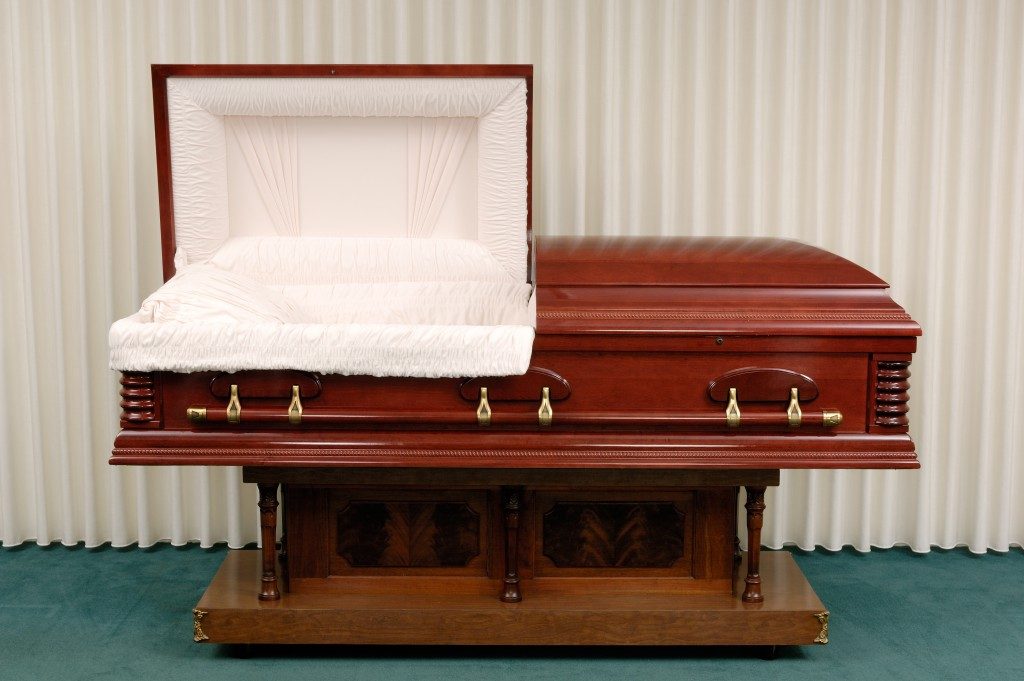Death ceremonies and preparations are done in accordance with the religion of the dead family member. There are different burial services offered by certain beliefs. Some may bury their dead under the ground or opt to do the cremation. The religion’s funeral decorations and decorum are also obeyed. Thus, mourners are tasked with doing the traditions of the funeral they are going to. They must be sensitive to the beliefs and culture of the bereaved family members. The family who does these preparations will surely feel sorrow, but they have no choice since they are the only ones who can accomplish this duty. If you are organizing the death of a loved one, be guided by the following responsibilities you may have to do.
Read through some of these arrangements done with the death of a loved one:
1. Certification
Report the death of a family member to an official in charge. If it happened at the hospital or a hospice, they know the proper actions to take for the death certificate. If it is at home or an accident, make sure to call the emergency hotline to help you out. A coroner can confirm the death and perform identifying the cause. A funeral service or director may be called after to help out with the dispositioning of the body. The certificate is an important document in handling the funeral, properties, and money of the individual who just died. It can also open up the inheritance written by that person with a certified lawyer.
2. Finding Justice
If your family passed away because of a wrongful death situation, it is important to call a wrongful death attorney immediately. In Long Beach, expert lawyers are experienced in handling this kind of situation. They can assist you in getting the compensation you and your family deserved in losing an important person in your life. With their skill in getting justice, they can surely help you with the investigation of what happened.

3. Funeral and Burial
Funeral or memorial services are done with the help of a director. Plan this out effectively while still considering the ideas of other relatives. Location, schedule, and time are important to be discussed. It may be done before or after the burial procedure. Burial may be in the form of using a space in the cemetery or cremation services. Look into the tradition you have in your family to help you out.
4. Reception and Invitation
The location of both funeral and burial is important to be known by the mourners. Other relatives, friends, and acquaintances may come to pay their respects. You may announce this through the newspaper or on social media sites. Do not forget to notify the closest people in the life of your loved one.
Preparations in this tragic event are really difficult to handle. But it is essential to do this process even if you have another culture. It may be in another format or setup. Nevertheless, the overall idea of the funeral and burial may root from these guidelines.
